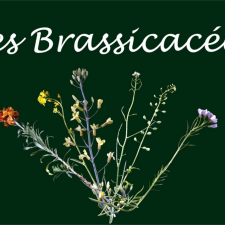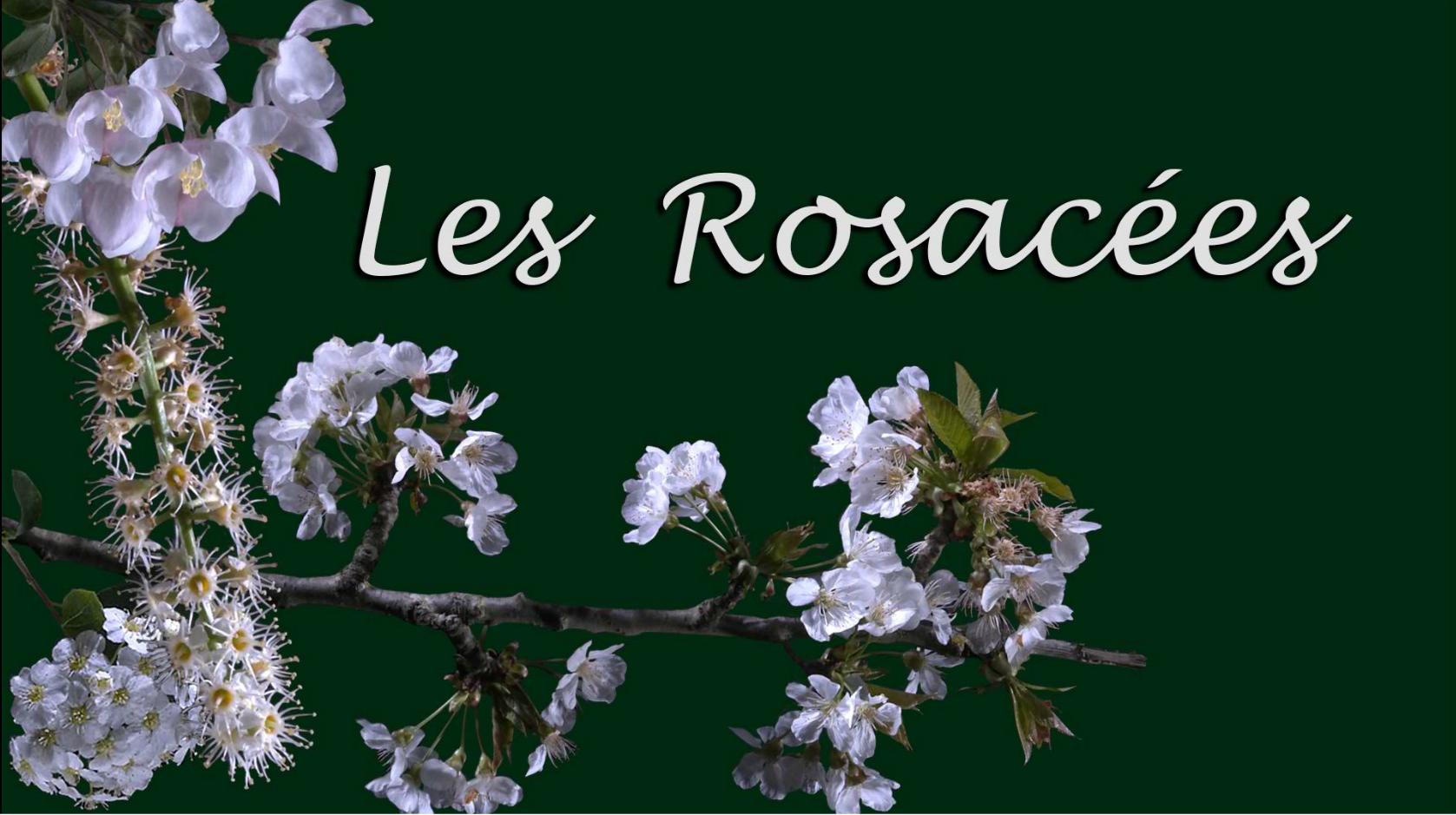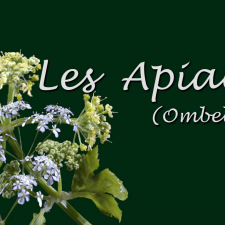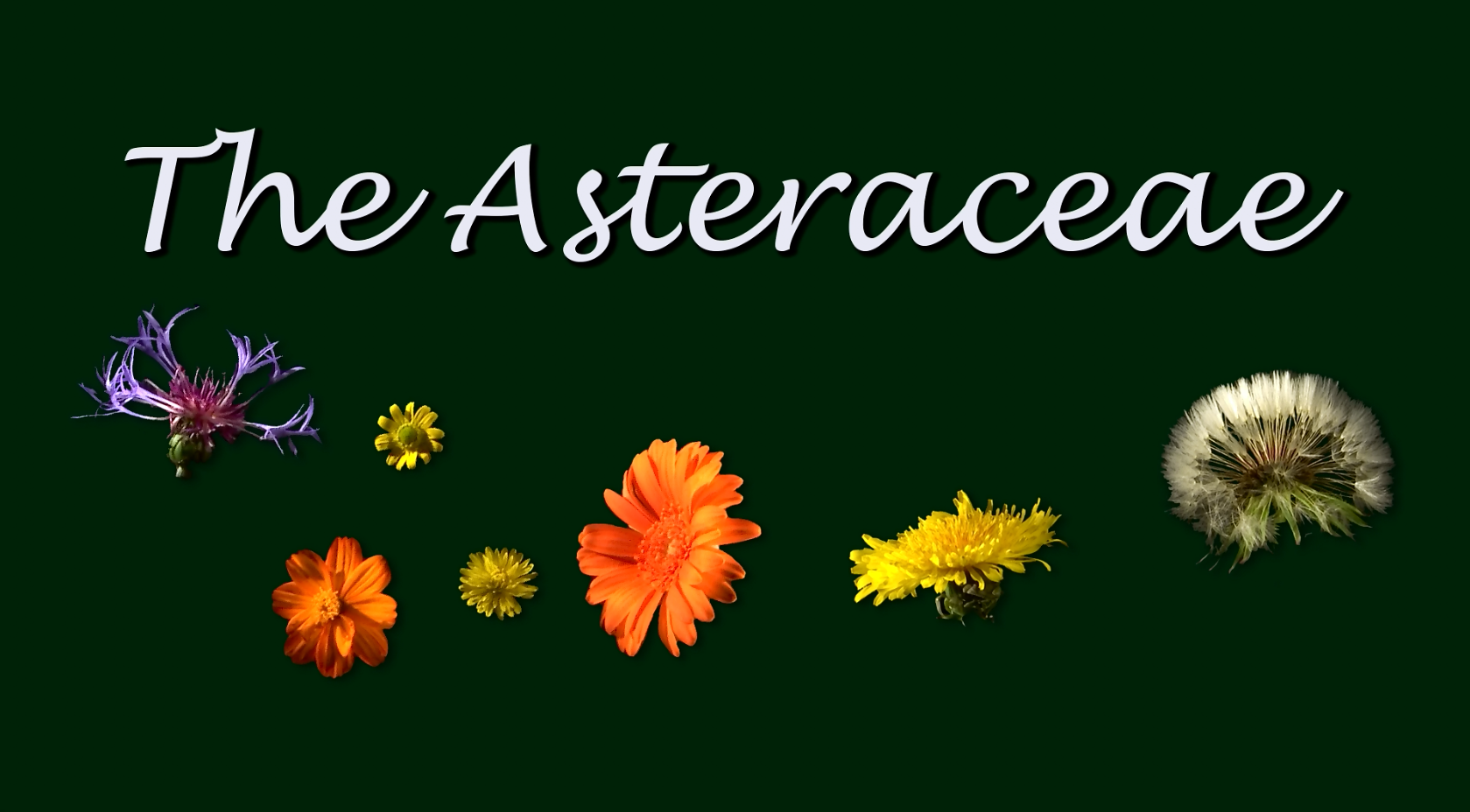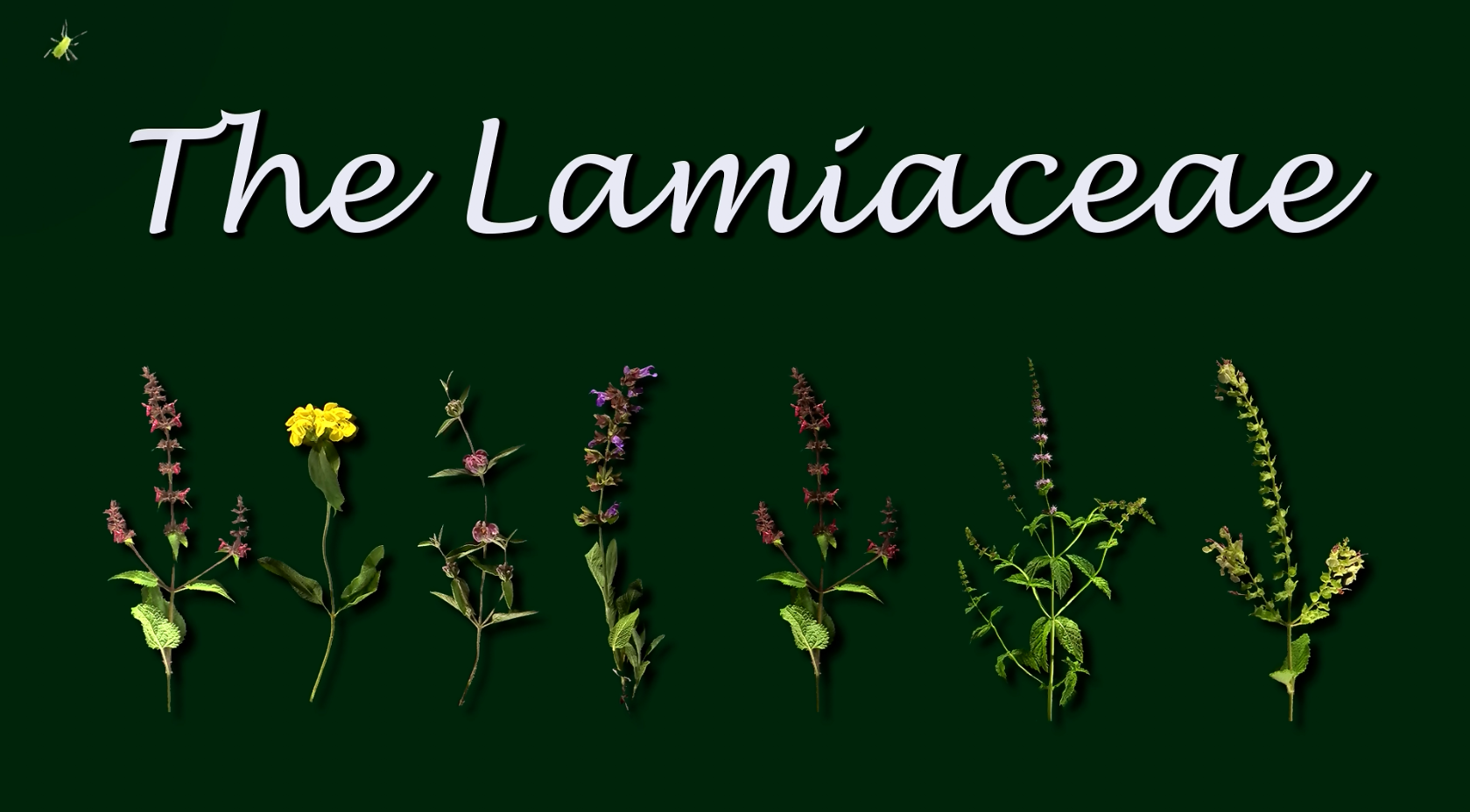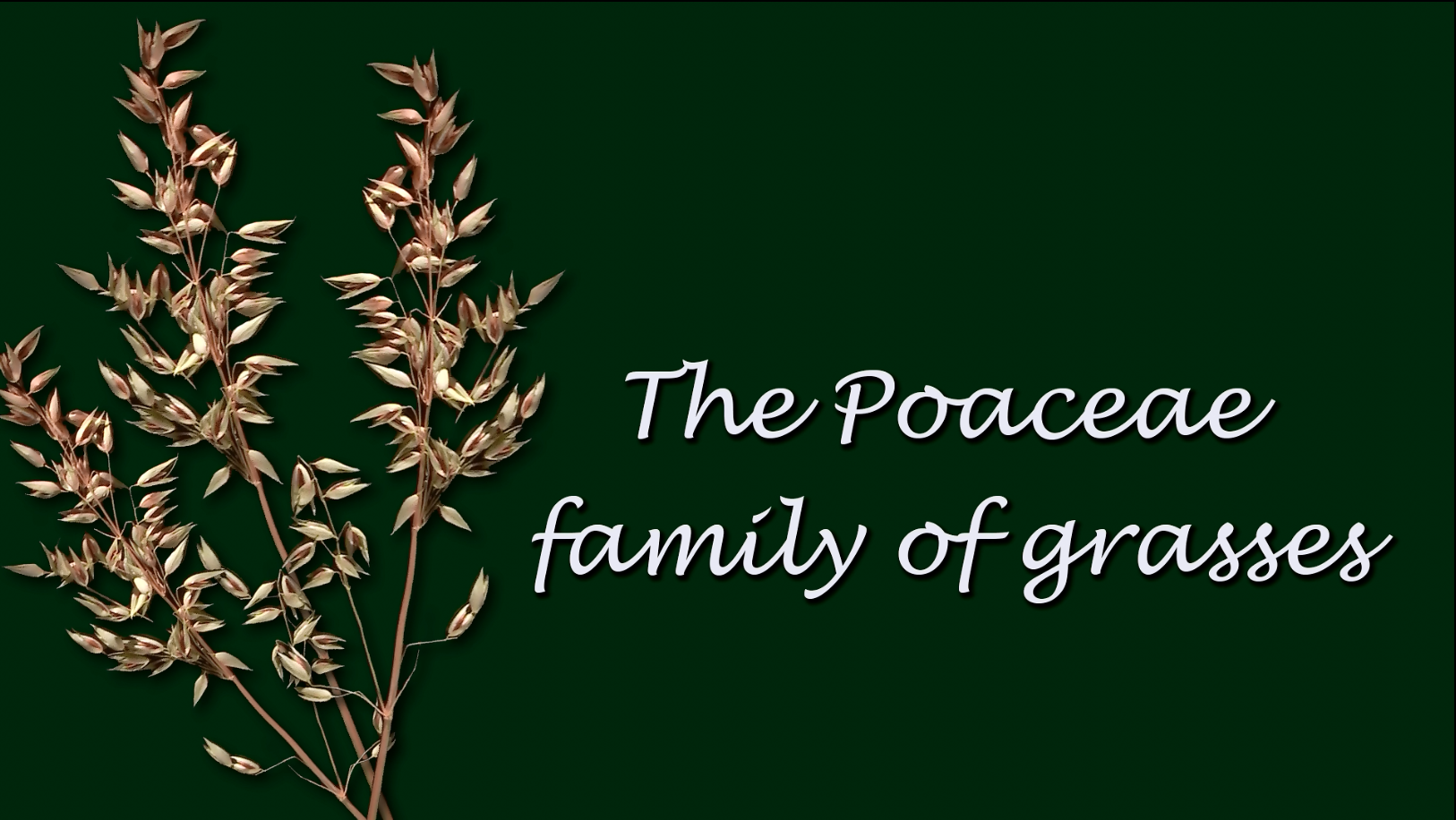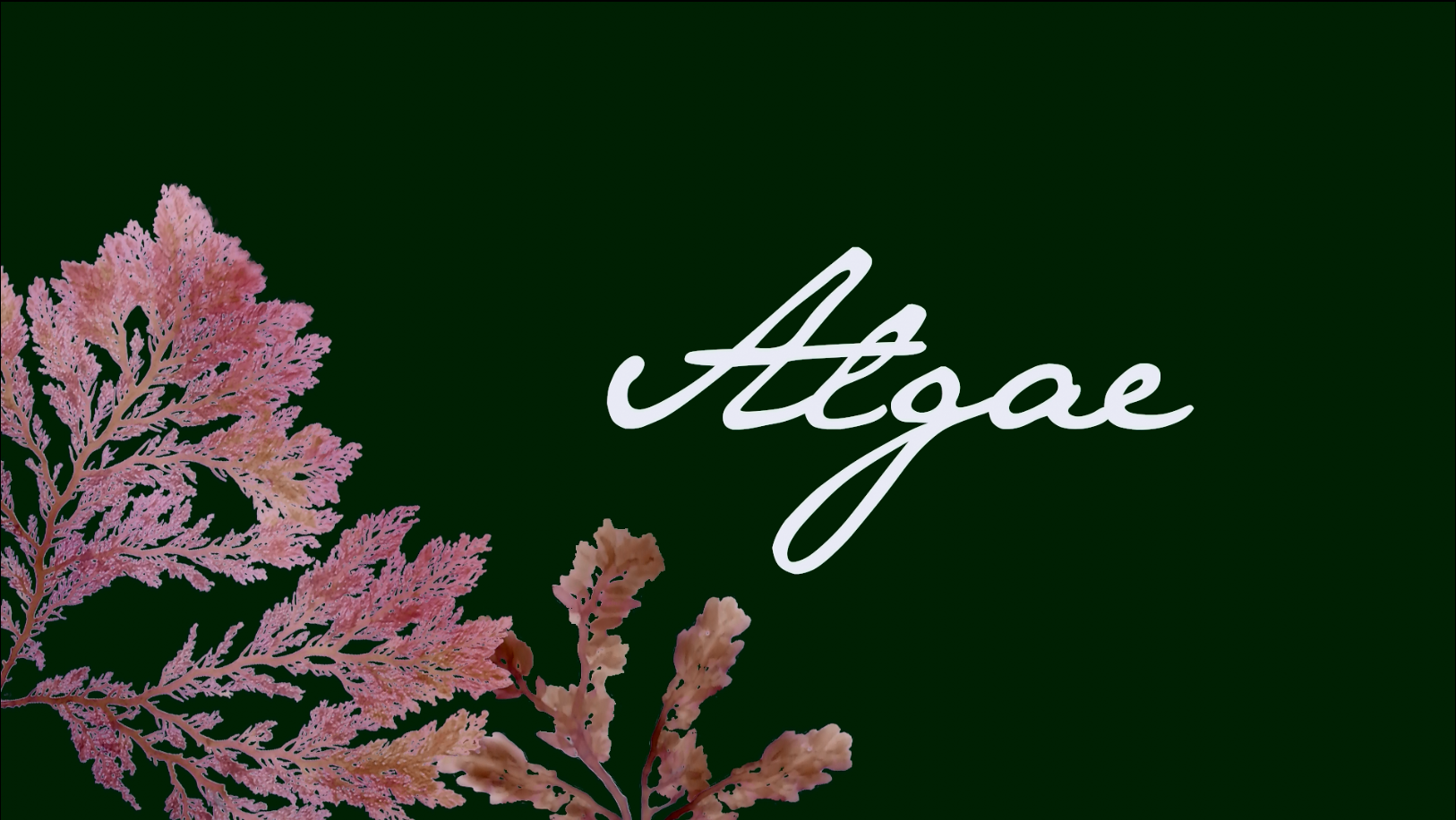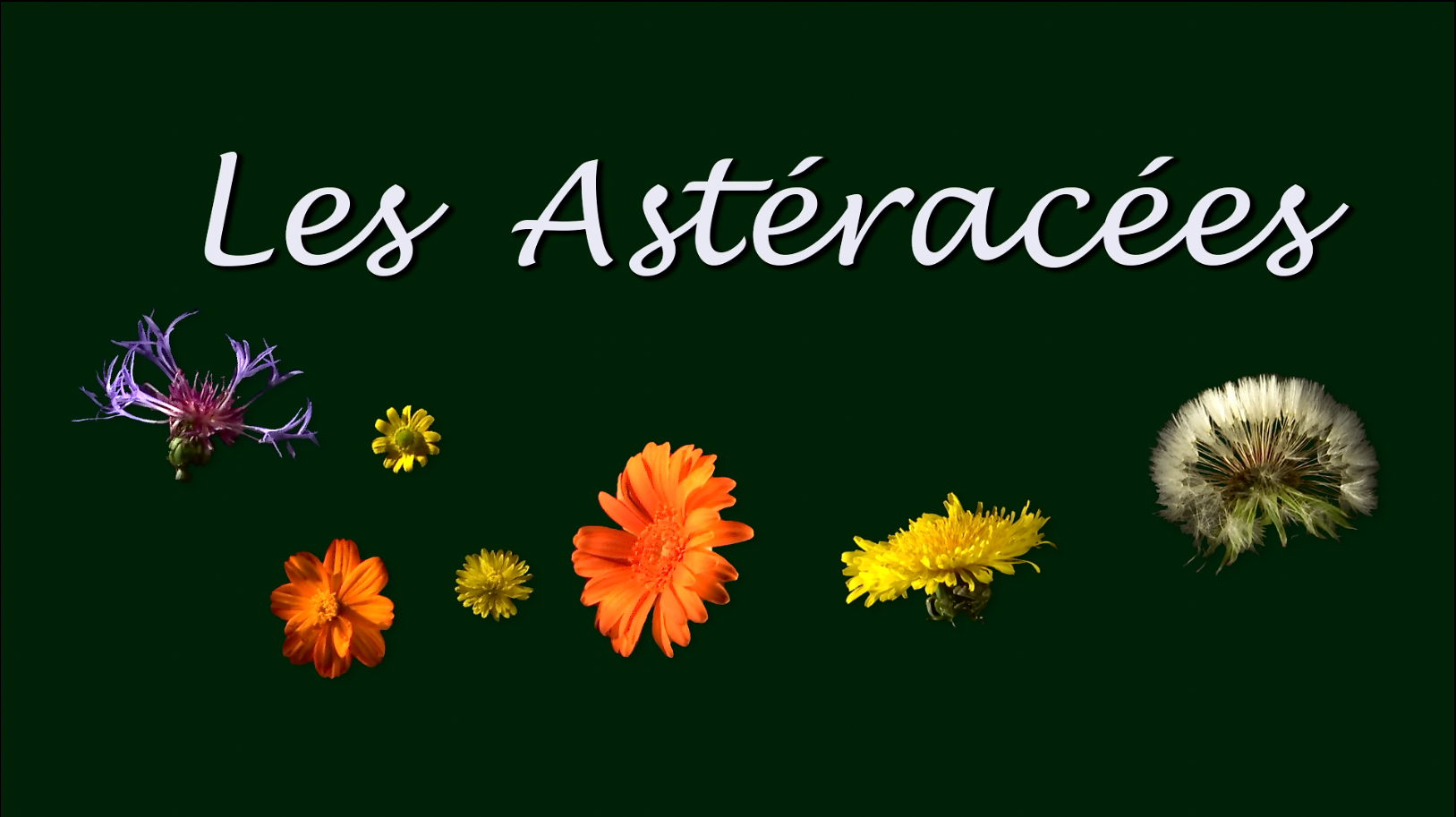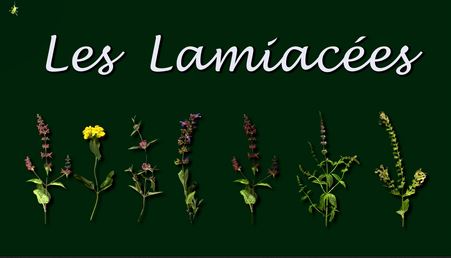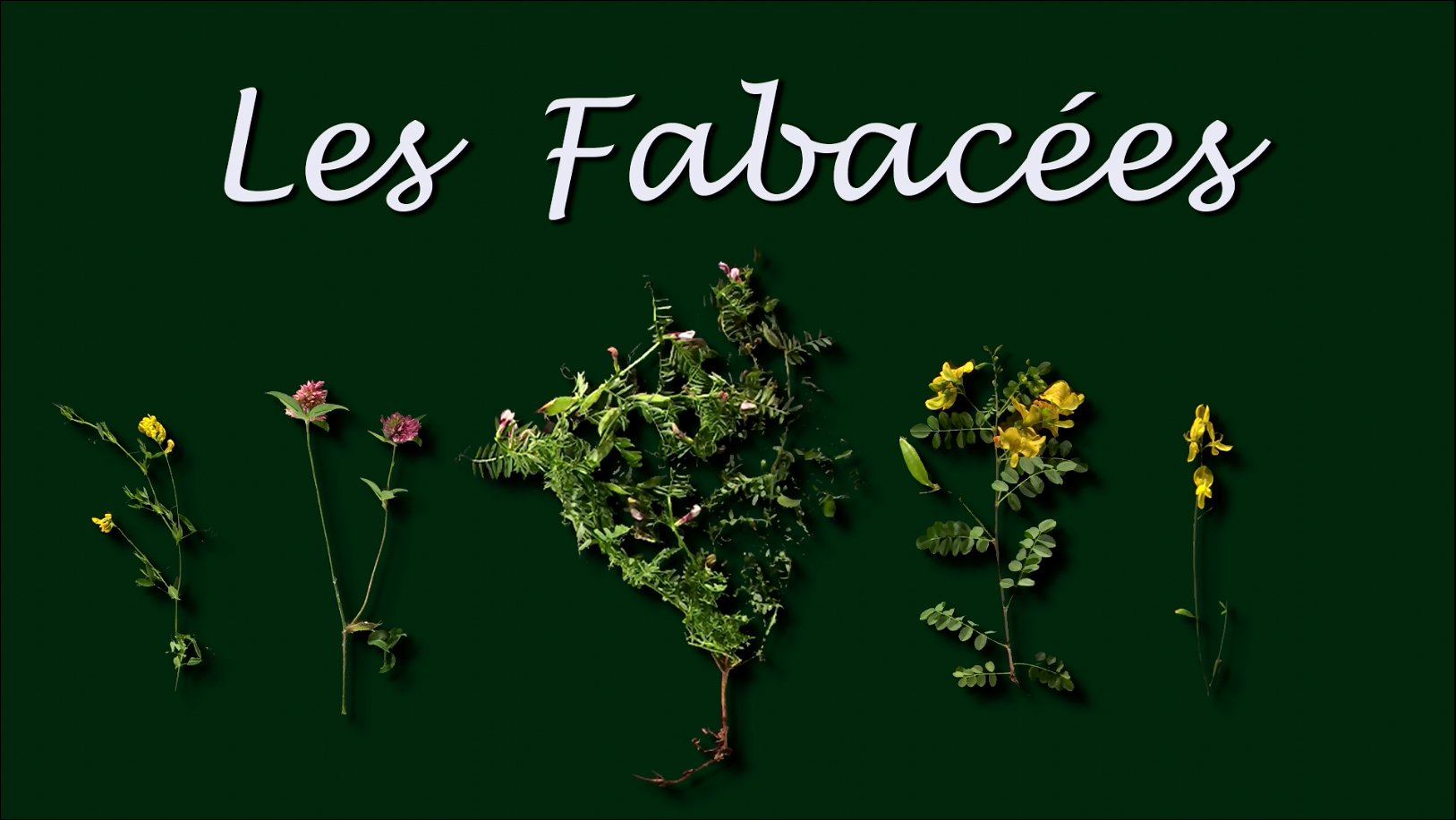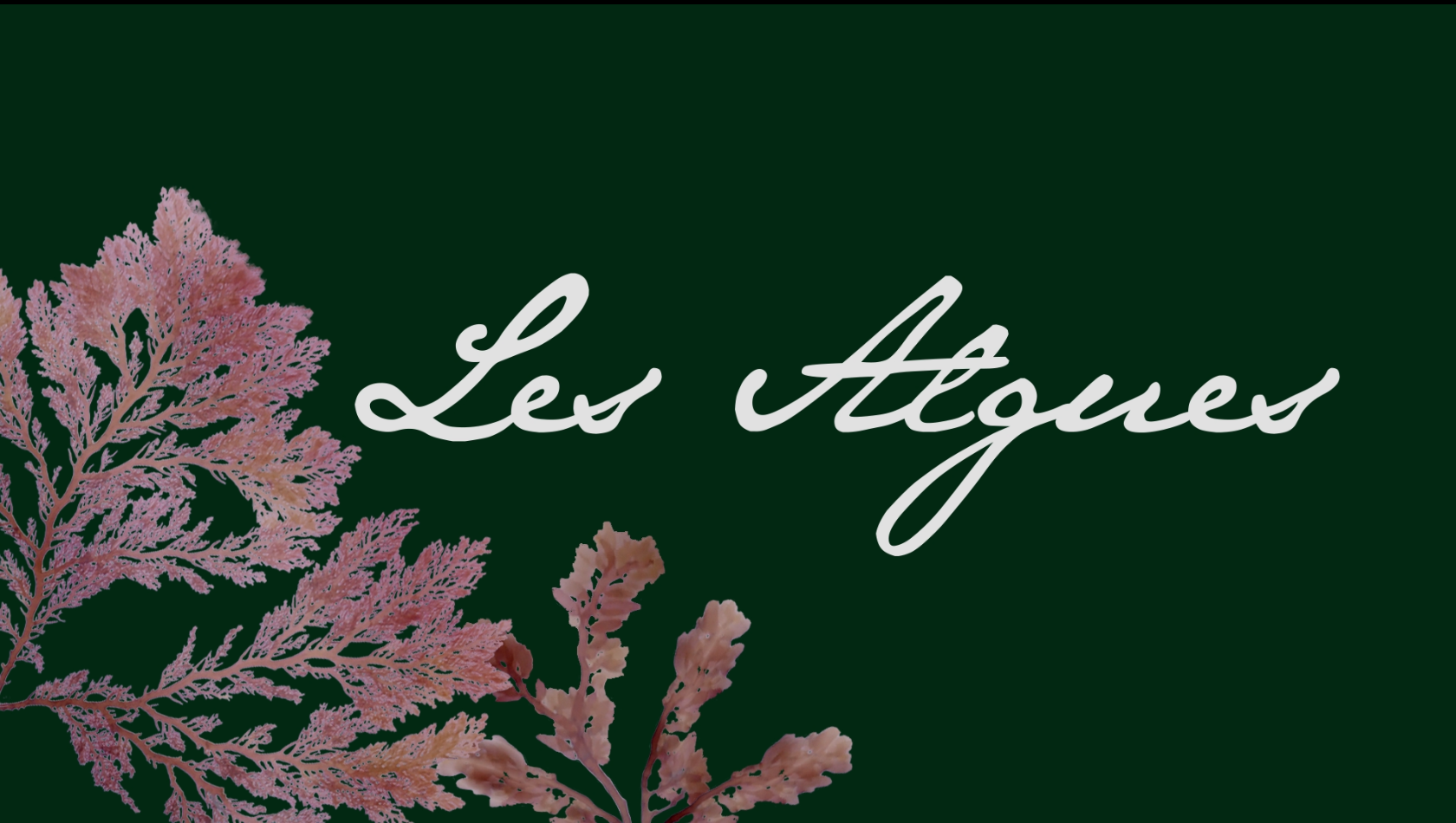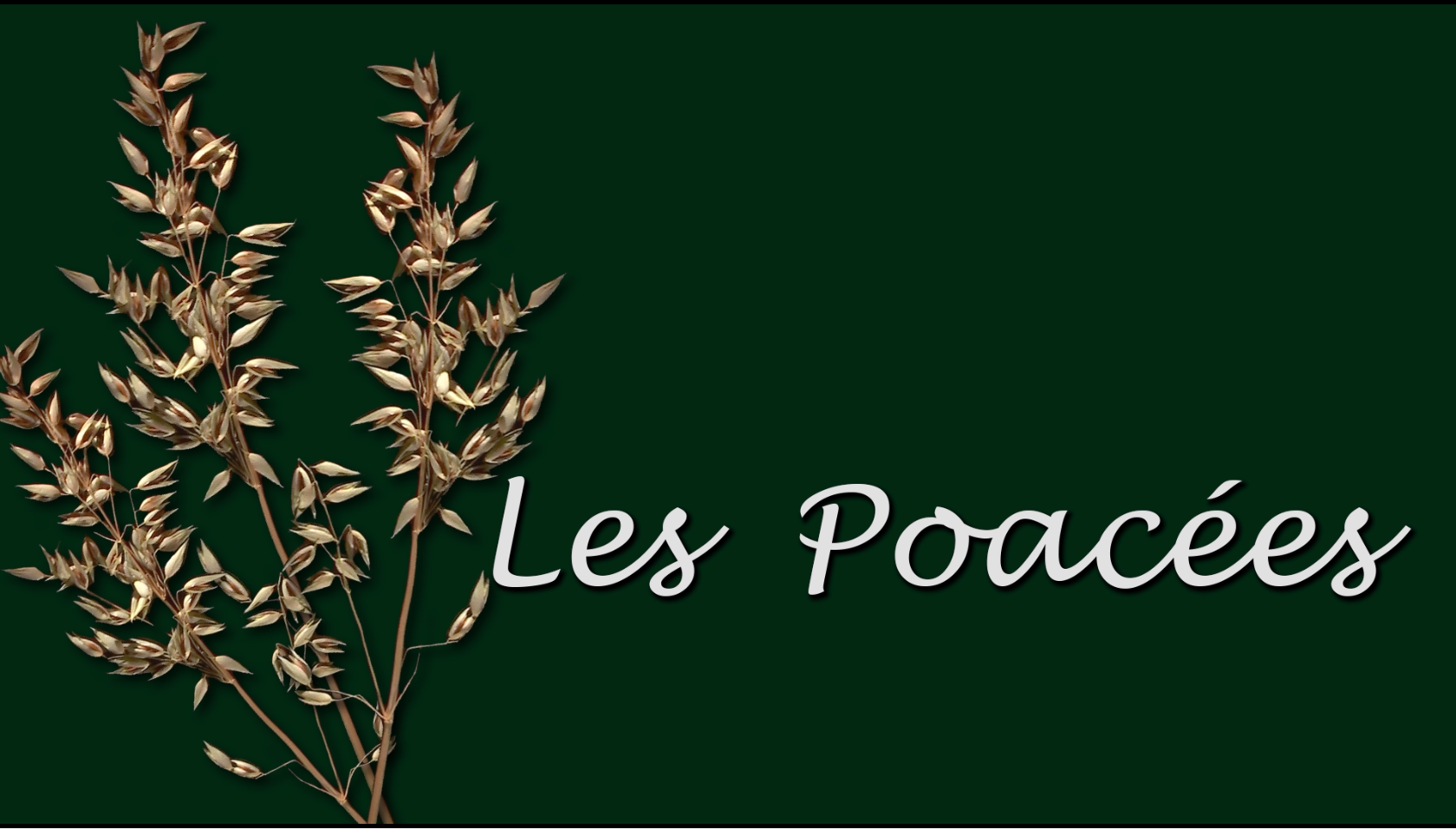Notice
Fabaceae
- document 1 document 2 document 3
- niveau 1 niveau 2 niveau 3
Descriptif
The Fabaceae are the 3rd family of Angiosperms in number of species (18 000 species, 630 genders) after Orchids and Asteraceae, and the second most important economic family after Poaceae.
It is a cosmopolitan family, well represented in France (> 340 species including >335 faboideae).
Woody Fabaceae predominate in warm regions. Herbaceous forms are common in temperate regions.
The roots frequently have nodules, easily visible, corresponding to a symbiosis with bacteria of the gender Rhizobium, which reduce the atmospheric nitrogen N2 found in the soil to NH3ammonia and then form amino acids for the plant. Thus, the clover allows the fixation of 400 kg of atmospheric nitrogen per hectare and per year.
The leaves are generally composed, meaning composed of leaflets.
The compound leaves can be either pinnate or palmate.
The alternating leaves are stipulated at the base. The stipules are sometimes transformed into small leaves or leaflets (cultivated peas) or can be thorny (black locust, Robinia pseudoacacia).
Three sub-families can be distinguished from the flower characteristics, Faboideae, Caesalpinioideae and Mimosoideae.
The fruit is generally a pod, dry fruit theoretically dehiscent by 2 slots.
There are plants that provide seeds for human food. These seeds can be rich in lipid reserves (Peanut, Arachis hypogaea), protein reserves (Soya, Glycine max), mainly carbohydrate reserves (Bean, Phaseolus vulgaris; White lupin, Lupinus albus ;Chickpea, Cicer arietinum ; Peas, Pisum sativum; Lentil, Lens culinaris).
The leaflets and pods of Sana makki are laxative and purgative.
In some Fabaceae, the presence of compounds such as alkaloids and phytohemagglutinins makes them toxic.
The film was shot at the Talence Botanical Garden, which is part of the University of Bordeaux.
Thème
Avec les mêmes intervenants et intervenantes
-
Les Brassicacées
BadocAlainLa famille des Brassicacées est une famille relativement homogène, assez facile à reconnaitre. La principale caractéristique des Brassicacées réside au niveau des pétales qui sont en croix, d’où le
-
Les Rosacées
BadocAlainLes Rosacées (Rosales) regroupent plus de 4800 espèces et 110 genres, avec 3 sous-familles et une quinzaine de tribus. Cette famille est abondante dans les régions tempérées de l’hémisphère nord.
-
Les Apiacées
BadocAlainLa famille des Apiacées est cosmopolite et comporte plus de 3200 espèces et 420 genres dont 180 espèces en France (d’après Flora Gallica). C’est la famille des Panicauts, genre Eryngium (261), des
-
Asteraceae
BadocAlainAsteraceae is the largest family of dicotyledonous plants: this family includes more than 1600 genders and 23 500 species from all over the world, including more than 500 in France.
-
Lamiaceae
BadocAlainTo make the Lamiaceae family monophyletic, it was necessary to transfer 2/3 of the genera of Verbenaceae to it. Under these conditions, Lamiaceae become a relatively large cosmopolitan family with
-
Poaceae or Grasses
BadocAlainPoaceae or Grasses are cosmopolitan. It is the first plant family by the spaces it covers: rice fields, cereal fields (Corn, Wheat), meadows, alpine and urban lawns, steppes, savannas, bamboo forests
-
Algae / Presentation and use in the food industry
BadocAlainBy algae, we mean both prokaryotic organisms (blue algae or cyanobacteria) and eukaryotic organisms. Green and red algae belong to the green line, brown algae from the coasts or Phéophycées and
-
Les Astéracées
BadocAlainLes Astéracées constituent la famille la plus vaste des plantes dicotylédones : cette famille comporte plus de 1600 genres et 23 500 espèces du monde entier, dont plus de 500 en France.
-
Les Lamiacées
BadocAlainPour rendre la famille des Lamiacées (Lamiales) monophylétique, on a été amené à y transférer les 2/3 des genres des Verbénacées. Dans ces conditions, les Lamiacées deviennent une famille cosmopolite
-
Les Fabacées
BadocAlainLes Fabacées sont la 3e famille d’Angiospermes en nombre d’espèces (18 000 espèces, 630 genres) après les Orchidacées et les Astéracées, et la deuxième famille en importance économique après les
-
Les algues / Présentation et utilisation dans l'agro-alimentaire
BadocAlainPar algues, on entend des organismes aussi bien procaryotes (Algues bleues ou Cyanobactéries) qu’eucaryotes. Les Algues vertes et rouges appartiennent à la lignée verte, les algues brunes des côtes
-
Les Poacées ou Graminées
BadocAlainLes Poacées ou encore les Graminées sont cosmopolites. C’est la première famille végétale par les espaces qu’elle couvre : rizières, champs de céréales (Maïs, Blé), prairies, pelouses alpines et des
Sur le même thème
-
La territorialisation de la palette végétale au sein des nouveaux projets de paysage
Deshais-FernandezNicolasConférence du 17 février 2024
-
Le Parc botanique de la Roche Fauconnière : 150 ans d’acclimatations réussies. Et l’histoire contin…
TessonGilbertPotelMichaëlConférence du 23 mars 2019
-
Promenade botanique
LaszloPierreGentiane, silène des glaciers,... ortie, châtaigne : Pierre Laszlo nous emmène nous promener avec une douzaine de plantes, de l'Aveyron aux Fidji.
-
Fête de départ en retraite de Hubert Gillet (1924-2009), le 7 septembre 1987
EpelboinAlainÀ l’occasion de son départ en retraite, Hubert Gillet (1924-2009) organise le 7 septembre 1987 une cérémonie, une « fête », en sa demeure, sise dans le domaine de la Belette, au sein de la forêt de
-
Rendez-vous IIIF 360 - Gilles Bertin " Annotate (E-ReColNat), logiciel d'annotation compatible IIIF"
Gilles Bertin ingénieur de recherche au CNAM, présente le logiciel d'annotation "Annotate", compatible IIIF.
-
Les Rosacées
BadocAlainLes Rosacées (Rosales) regroupent plus de 4800 espèces et 110 genres, avec 3 sous-familles et une quinzaine de tribus. Cette famille est abondante dans les régions tempérées de l’hémisphère nord.
-
Les Apiacées
BadocAlainLa famille des Apiacées est cosmopolite et comporte plus de 3200 espèces et 420 genres dont 180 espèces en France (d’après Flora Gallica). C’est la famille des Panicauts, genre Eryngium (261), des
-
Pourquoi philosopher sur le végétal ?
La place occupée par le végétal dans la pensée contemporaine n'a cessé de progresser ces dernières années. Les enseignements qui en découlent nous inviteraient à reconsidérer des notions telles
-
Rio Napo : à la recherche de la mer disparue - Les travaux en botanique
En octobre 2004, un groupe de chercheurs français du Laboratoire des Mécanismes de Transfert en Géologie (UMR LMTG, IRD-CNRS-UPS Toulouse) organise en partenariat avec leurs collègues équatoriens,
-
Rio Napo : à la recherche de la mer disparue - Conclusion
En octobre 2004, un groupe de chercheurs français du Laboratoire des Mécanismes de Transfert en Géologie (UMR LMTG, IRD-CNRS-UPS Toulouse) organise en partenariat avec leurs collègues équatoriens,
-
Rio Napo : à la recherche de la mer disparue - La problématique scientifique
En octobre 2004, un groupe de chercheurs français du Laboratoire des Mécanismes de Transfert en Géologie (UMR LMTG, IRD-CNRS-UPS Toulouse) organise en partenariat avec leurs collègues équatoriens,
-
Asteraceae
BadocAlainAsteraceae is the largest family of dicotyledonous plants: this family includes more than 1600 genders and 23 500 species from all over the world, including more than 500 in France.


